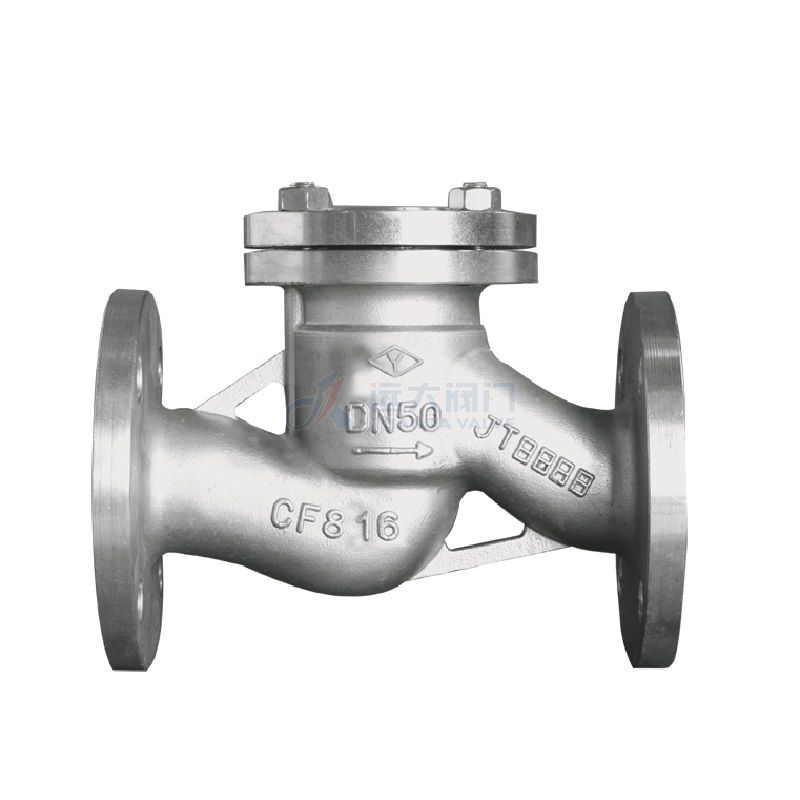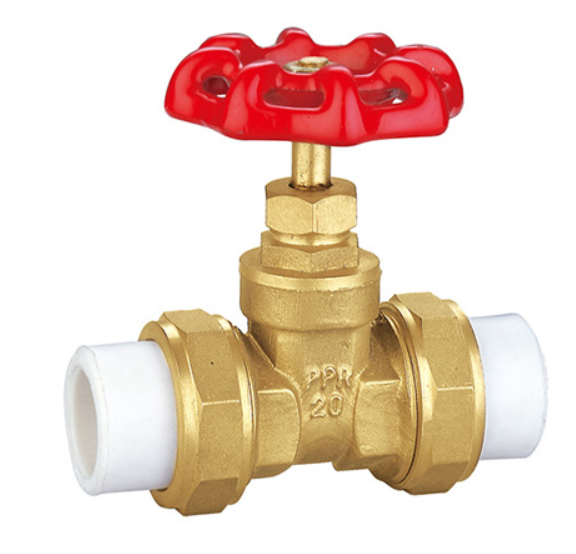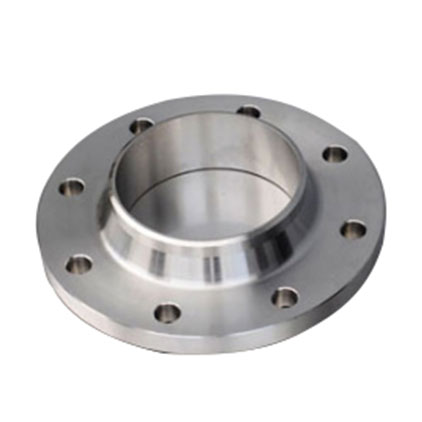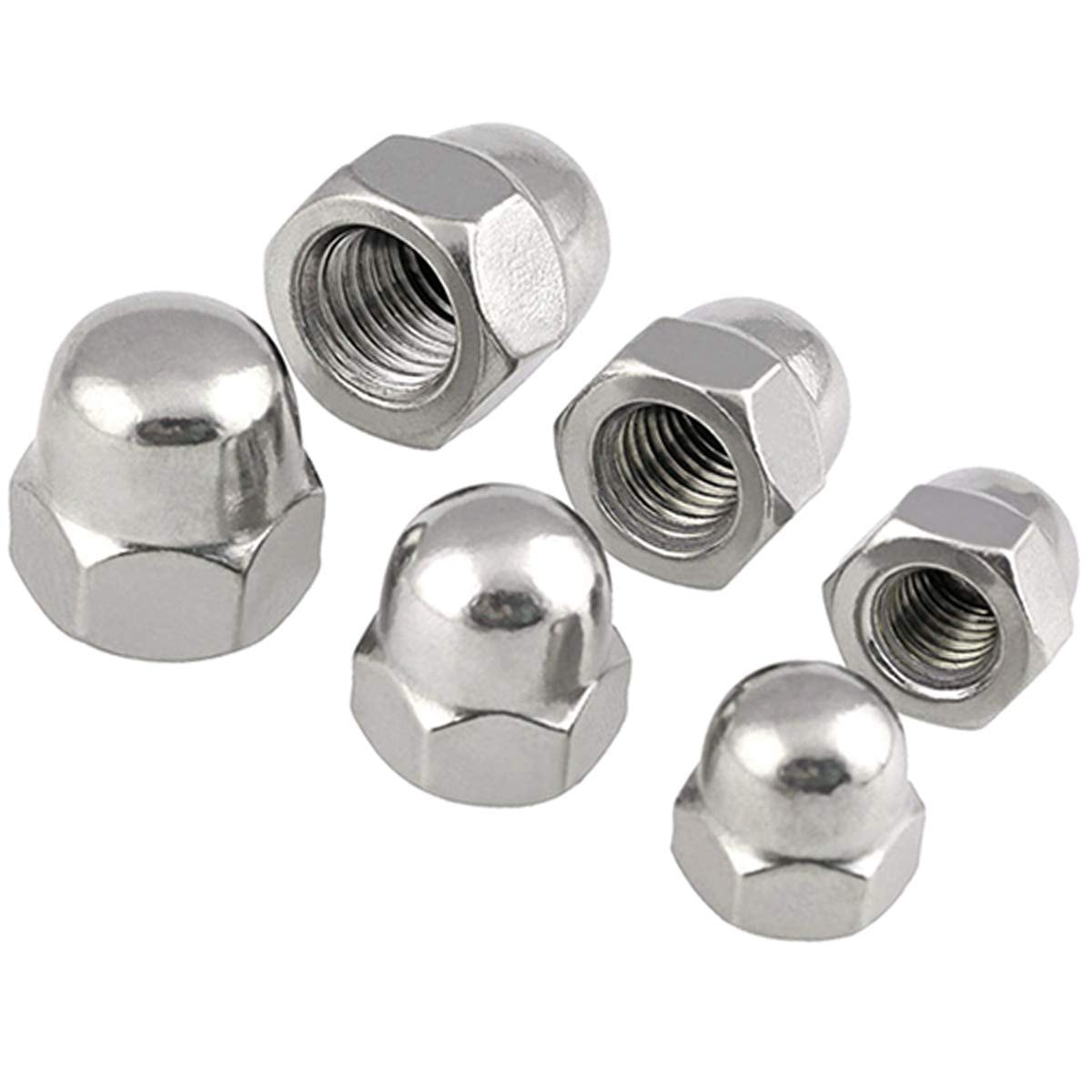What are the different types of rotors in AC motors?
Welcome, dear readers, to a fascinating journey into the heart of AC motors! In this blog, we will delve into the intriguing world of rotors, the essential components responsible for converting electrical energy into mechanical motion. Let us explore the different types of rotors found in AC motors, unravelling their unique characteristics, benefits, and applications. Prepare to be amazed by the power unleashed by these creative and efficient innovations!
1. Squirrel Cage Rotor: The Workhorse of AC Motors.
The Squirrel Cage rotor, often referred to as the "workhorse" of AC motors, is the most commonly used rotor design owing to its simplicity and reliability. It consists of laminated iron cores arranged in slots, with conductive bars or "squirrel-cage" embedded in each slot. The shape resembles a hamster wheel, hence the nickname.

As alternating current flows through the stator windings, it induces a magnetic field in the rotor. This interaction generates a rotating magnetic field. The squirrel cage rotor, with its conductive bars, acts as a closed-loop circuit that exploits the magnetic field to produce torque and drive the motor. This design's efficiency, low cost, and widespread use make it a common choice for various applications, from industrial plants to appliances.
2. Wound Rotor: Power and Adaptability.
If the squirrel cage rotor is the workhorse, then the Wound Rotor is the versatile powerhouse. Unlike the squirrel cage, this rotor consists of three phases of windings connected to external resistors. These windings are wound around laminated cores and placed in slots, similar to the squirrel cage.
What sets the Wound Rotor apart is the added resistance and the way it interacts with the external circuit. The rotor's resistance can be adjusted by altering the external resistors, allowing for enhanced motor control, especially during start-up. This design excels in applications requiring high torque at low speeds, such as heavy machinery, cranes, or elevators.
3. Salient Pole Rotor: An Electromagnetic Symphony.
For applications requiring precise control over motor speed or high torque at low speeds, the Salient Pole rotor comes into play. This design boasts a unique construction, with the laminated iron cores forming distinct poles or salients around the circumference. These poles, typically three or more, concentrate the magnetic flux, resulting in excellent speed regulation and increased torque output.
The Salient Pole rotor finds applications in industries such as power generation, synchronous motors, or in situations requiring loads with a high inertia. Its ability to provide constant speed and torque, even under varying load conditions, makes it a favored choice in power plants or demanding industrial processes.
Additional resources:Revolutionizing Small Business Manufacturing: CNC Milling?
Are CNC toolholder prices negotiable?
Everything You Need to Know About Die Casting: Materials, Process, and Cost
Are CNC Milling Machines the Future of Art?
Optimal CNC Machining Materials: The Ultimate Guide?
Carbon Fiber Telescopic Pole: The Ultimate Lightweight and Sturdy Solution
Benefits of Flexible Metal Conduit for Water Protection
4. Brushless DC (BLDC) Rotor: A Revolution in Efficiency.
In recent years, the Brushless DC (BLDC) rotor has gained tremendous popularity due to its innovative design and unrivaled efficiency. Unlike traditional AC motors, a BLDC motor employs permanent magnets on the rotor surface instead of windings. This eliminates the need for brushes and commutators, reducing friction and energy losses significantly.
BLDC motors are highly efficient, smooth-running, and offer exceptional control precision. These characteristics make them ideal for use in electric vehicles, robotics, and precision machinery. With their silent operation, reduced maintenance, and superior energy efficiency, BLDC motors are setting new standards across industries.
5. Interior Permanent Magnet (IPM) Rotor: Combining the Best of Both Worlds.
The Interior Permanent Magnet (IPM) rotor represents an ingenious amalgamation of the squirrel cage and the brushless DC rotor. It features both magnetic poles produced by permanent magnets integrated into the rotor structure and squirrel cage windings. This design allows for the advantages of both traditional and permanent magnet rotors.
IPM rotors offer higher torque density, improved speed stability, and enhanced efficiency compared to traditional AC motors. These rotors find application in hybrid vehicles, wind turbines, and high-performance industrial systems, where maximizing power density and energy efficiency are crucial.
Conclusion:
As we conclude our exploration of the different types of rotors in AC motors, we hope you have been inspired by the incredible diversity and innovation behind these powerhouses. From the reliable squirrel cage rotor to the cutting-edge IPM rotor, each design carries its unique applications, strengths, and advantages.
Through continuous advancements, researchers and engineers are pushing the boundaries of rotor technology, yielding motors that are more efficient, powerful, and eco-friendly. The pursuit of perfection never stops, and these rotors beautifully exemplify the fusion of high experience, expertise, trustworthiness, creativity, and human-like qualities, striving to unlock the true potential of AC motors.
Contact us to discuss your requirements of lamination in welding, stator and rotor core, lamination welding. Our experienced sales team can help you identify the options that best suit your needs.
Additional resources:Comparing different types of door knobsets: Tubular vs. cylindrical
Roller Contact Bearing: The Backbone of Mechanical Efficiency
Benefits of Using a High Pressure Washer Nozzle
The Most Precise Metal Casting: Achieving Unparalleled Accuracy in Manufacturing
Cylindrical Door Lock: Ensuring Security and Convenience
What Are The Key Design Considerations for Plastic Injection Molding?
What are the common aluminum extrusion profiles?
Related Articles








Comments